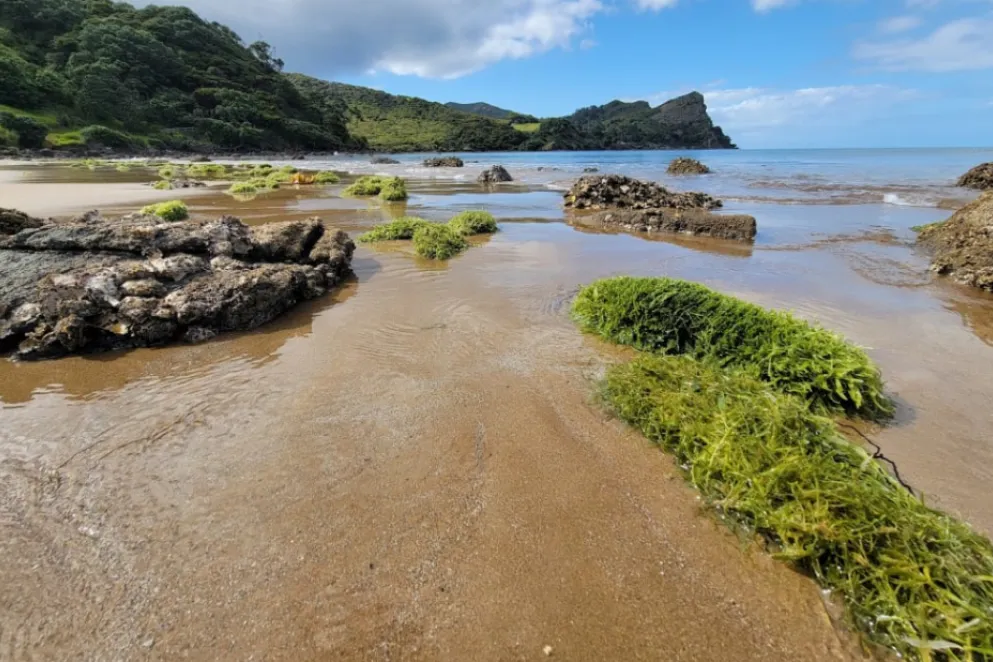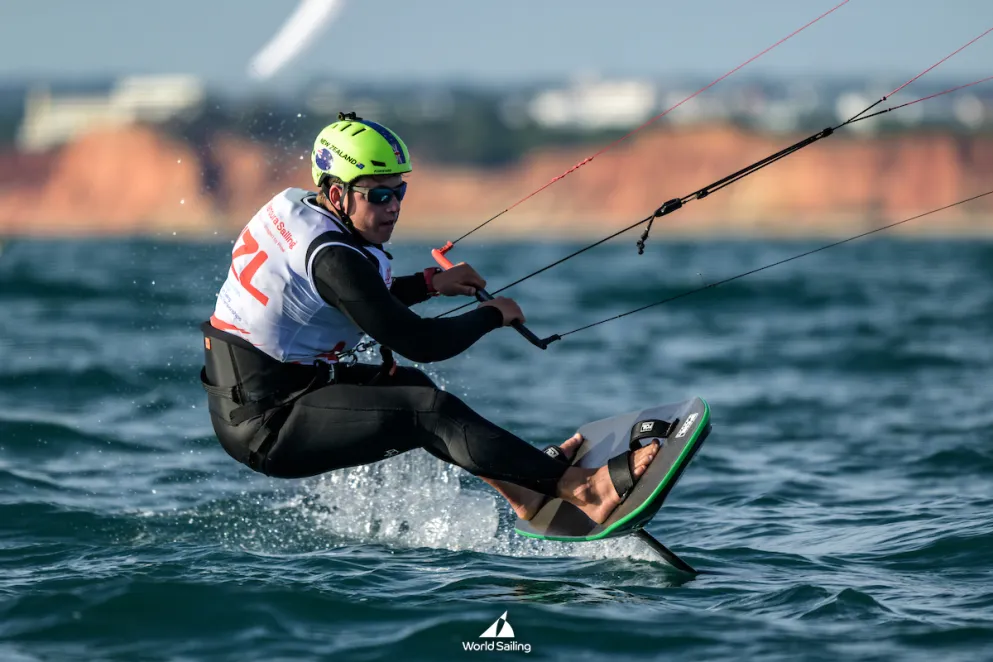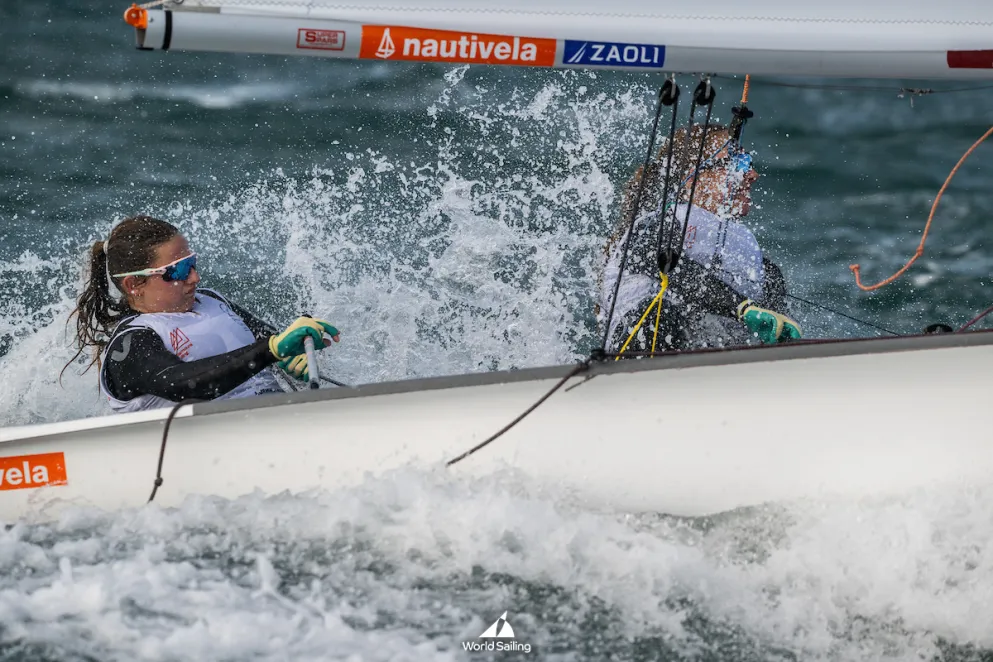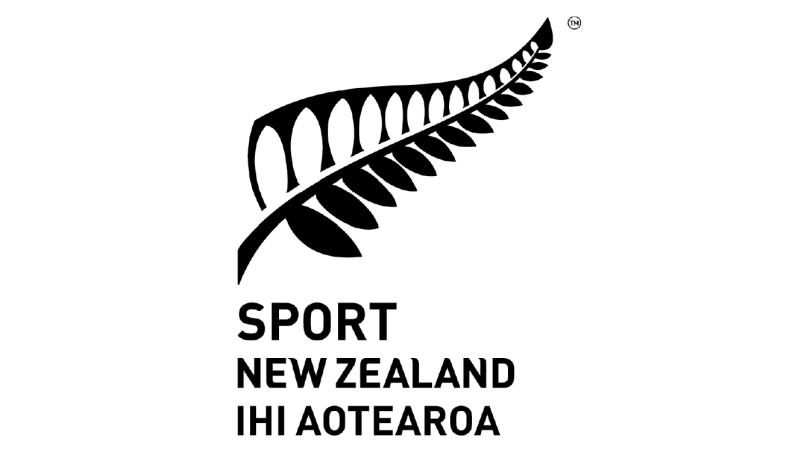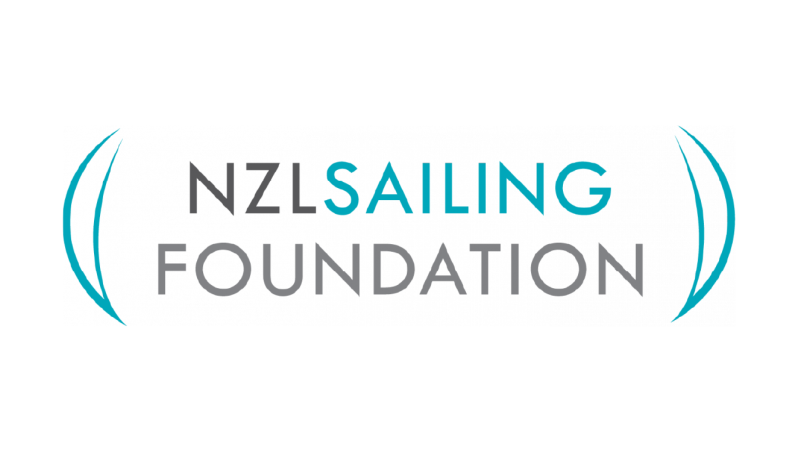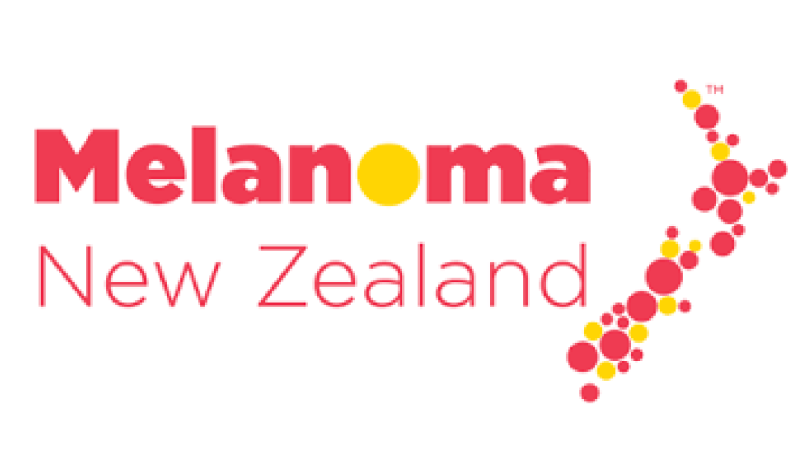Exotic caulerpa: Tighter anchoring controls for Auckland holiday hot spot from tomorrow
Controls on anchoring and fishing around one of Auckland's favourite holiday spots will be tightened from tomorrow as efforts continue to prevent the spread of exotic caulerpa.
Biosecurity New Zealand on Thursday announced it would be replacing the current Controlled Area Notice (CAN) for both Aotea Great Barrier Island and Ahuahu Great Mercury Island with new conditions once the existing rules expire tonight.
Exotic caulerpa is an invasive seaweed that can form large underwater fields, altering the natural ecosystem, and has been found in the Hauraki Gulf at Aotea Great Barrier Island, Ahuahu Great Mercury Island, off Kawau Island and Waiheke Island, and in Northland at Te Rāwhiti Inlet.
"In recent weeks we’ve talked with affected people from mana whenua, local authorities, fishing industry and local communities about the most appropriate measures," Biosecurity New Zealand deputy director-general Stuart Anderson said.
"The update to the CAN reflects those discussions and manages the risk of human spread of caulerpa, while minimising the impacts on local people as much as possible."
For Aotea Great Barrier Island, the new CAN includes the extention of the controlled area further north to Port Fitzroy (see map below), with existing anchoring restrictions remaining in place - anchoring is prohibited in the controlled area unless in an emergency or with a permit from Biosecurity New Zealand.
However, there is a new permit-exempt area at Port Fitzroy, and less risky forms of fishing that don’t come into contact with the seabed - like drift fishing from a boat or kayak, spearfishing, shore-based long-lining (e.g. using a kontiki or drone) and line fishing - will be permitted.
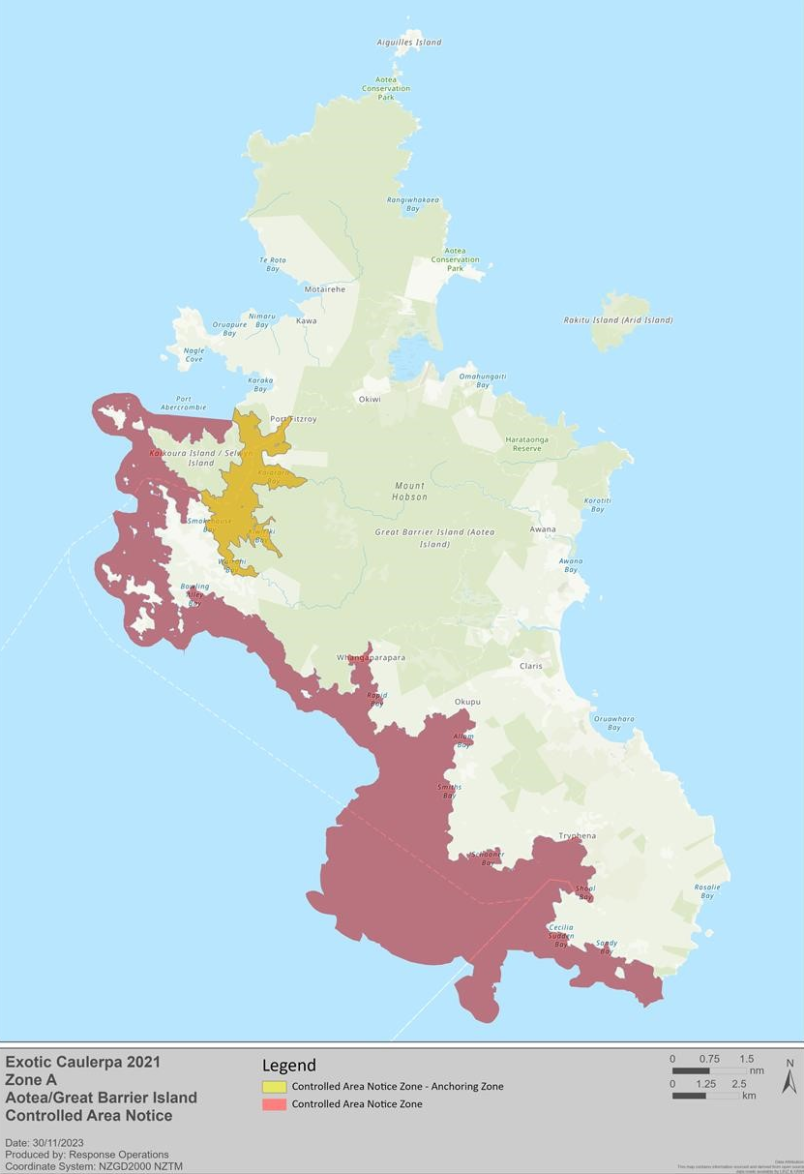
The area under control at Ahuahu Great Mercury remains the same, but changes made to fishing methods at Aotea Great Barrier Island also apply here, Biosecurity New Zealand said in a statement.
The new controls are in force until 30 June 2024.
Anyone planning boating or fishing at Aotea or Ahuahu this summer can visit www.biosecurity.govt.nz/caulerpa for precise boundaries and maps of the zones and actions required.
The existing Controlled Area Notice for Te Rāwhiti Inlet in Northland remains in place with the specific requirements unchanged until it expires at the end of June 2024.
All controls will be reviewed at this time to ensure they’re still fit for purpose.
"We'll work with our partners to get the information out and this week we launched a new summer campaign to inform boaties, fishers, and divers about some simple actions they can take when at sea to avoid spreading caulerpa," Anderson said.
"Caulerpa can travel short distances naturally as small pieces adrift in the water, but it is spread primarily by people, snared in boating and fishing gear. We’re asking boaties to check their anchor, anchor chain, and any gear that’s been in the water before they move on to a different location.
"If any seaweed is found attached this equipment, they should remove it and securely bag it or contain it and take it ashore for safe disposal on land – for example in a rubbish bin or compost."
Biosecurity New Zealand, in partnership with mana whenua for the affected areas, local government and the Department of Conservation, has worked hard over the past two-and-a-half years to contain the difficult pest while exploring all possible options for its control, Anderson said.
"We have two trials under way to use suction dredging to remove caulerpa at mass. Those trials will continue into early next year.
"From the outset, independent scientific experts told us that eradication [full and permanent removal] of this pest is highly unlikely given the large size of the incursion in New Zealand and the lack of any control tool internationally that would work at this scale.
"However, we remain committed to identifying and trialling potential techniques that could help remove new and small outbreaks or knock back larger populations to try to reduce further spread."
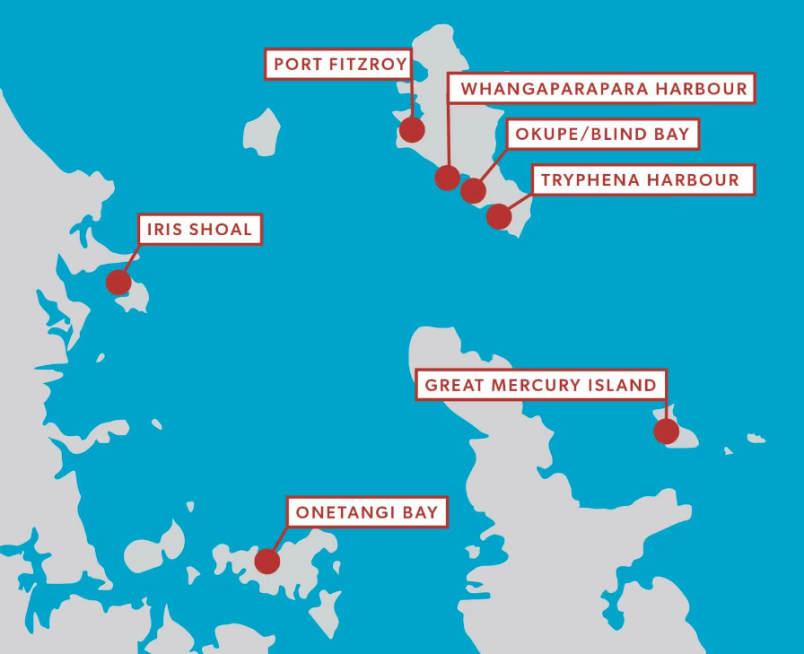
Anderson said the existing CAN for Te Rāwhiti Inlet in Northland remains unchanged and expires at the end of June 2024. The CAN for Aotea/Ahuahu ends at the same time and settings will be reviewed at that point.
Meanwhile, exotic caulerpa has also been discovered at a new location at Aotea Great Barrier Island, Biosecurity New Zealand confirmed, with a small fragment found near Memory Rock at Medlands Beach on the island's east coast by an Auckland Council staff member on Thursday last week.
Further searching of the beach failed to turn up any other beach cast exotic caulerpa, while some limited in-water surveillance in the area using a remote operated vehicle also made no further detection.
For more information, click here.
